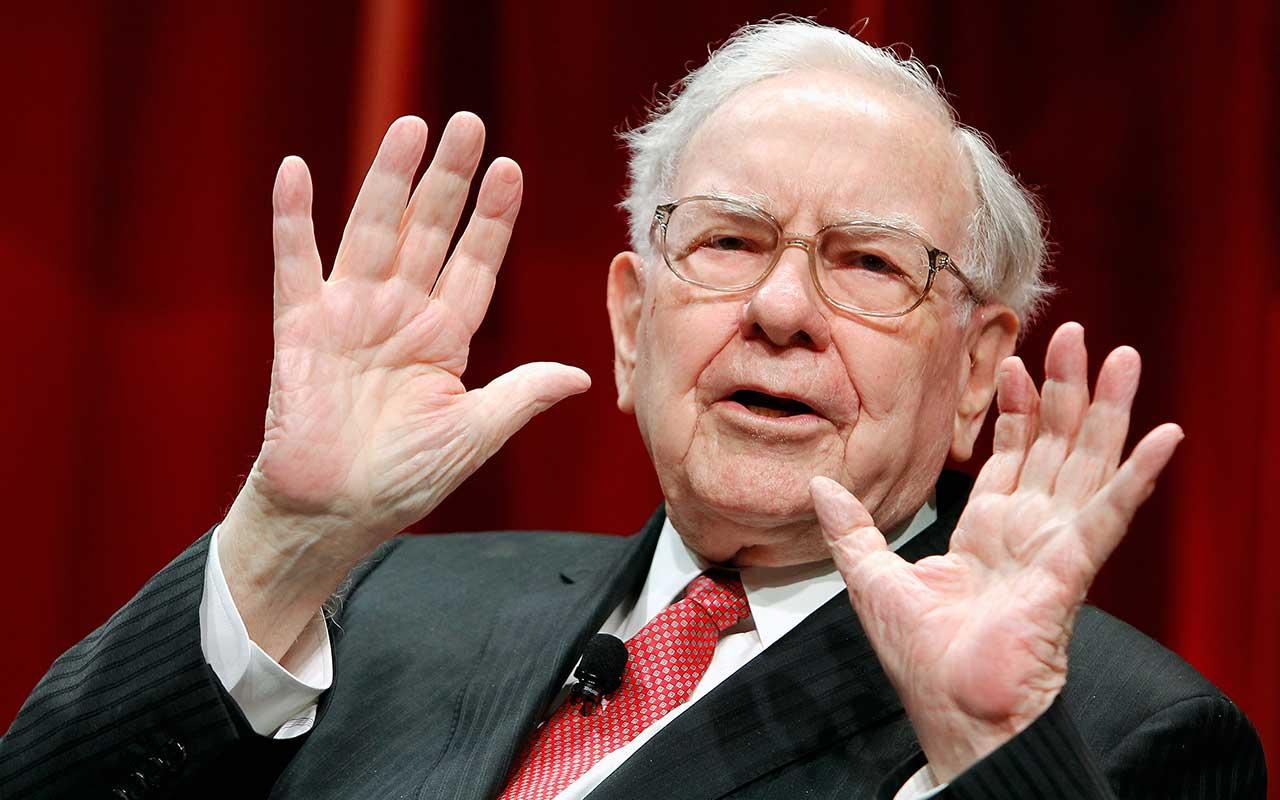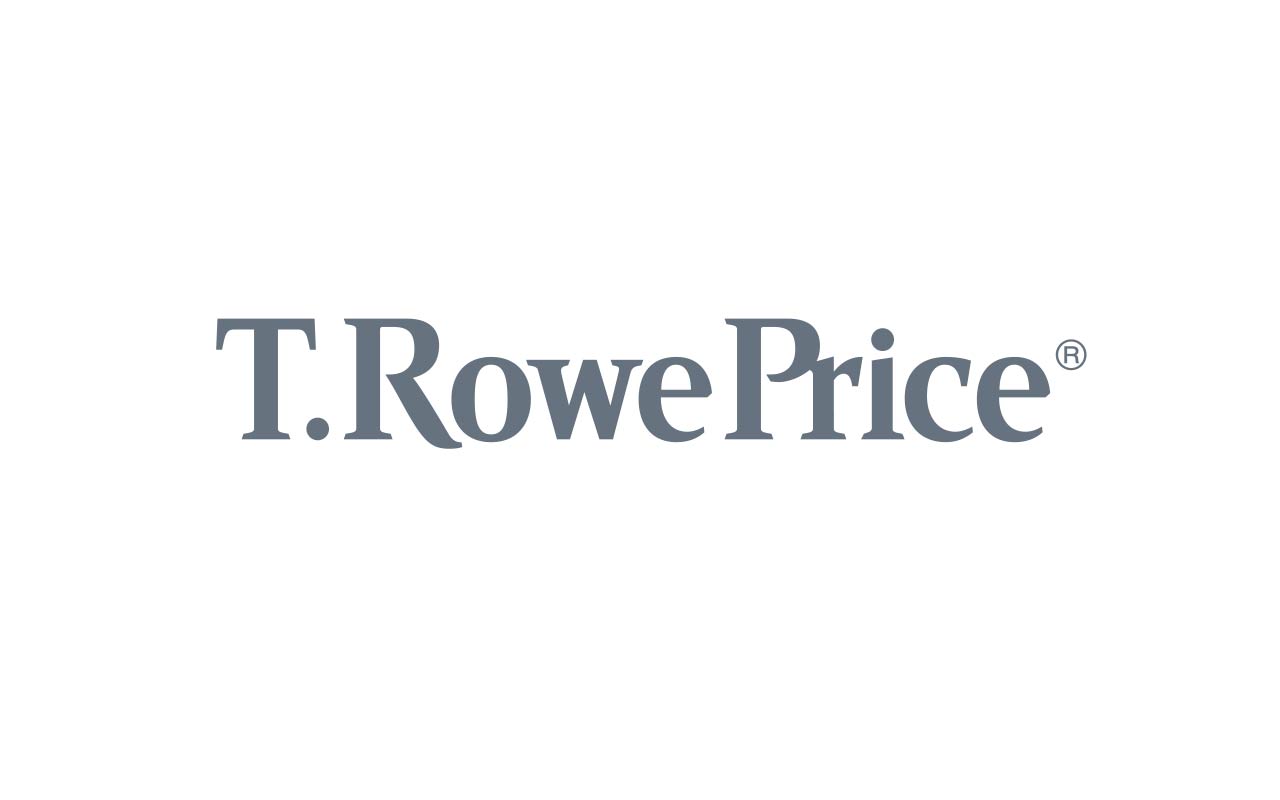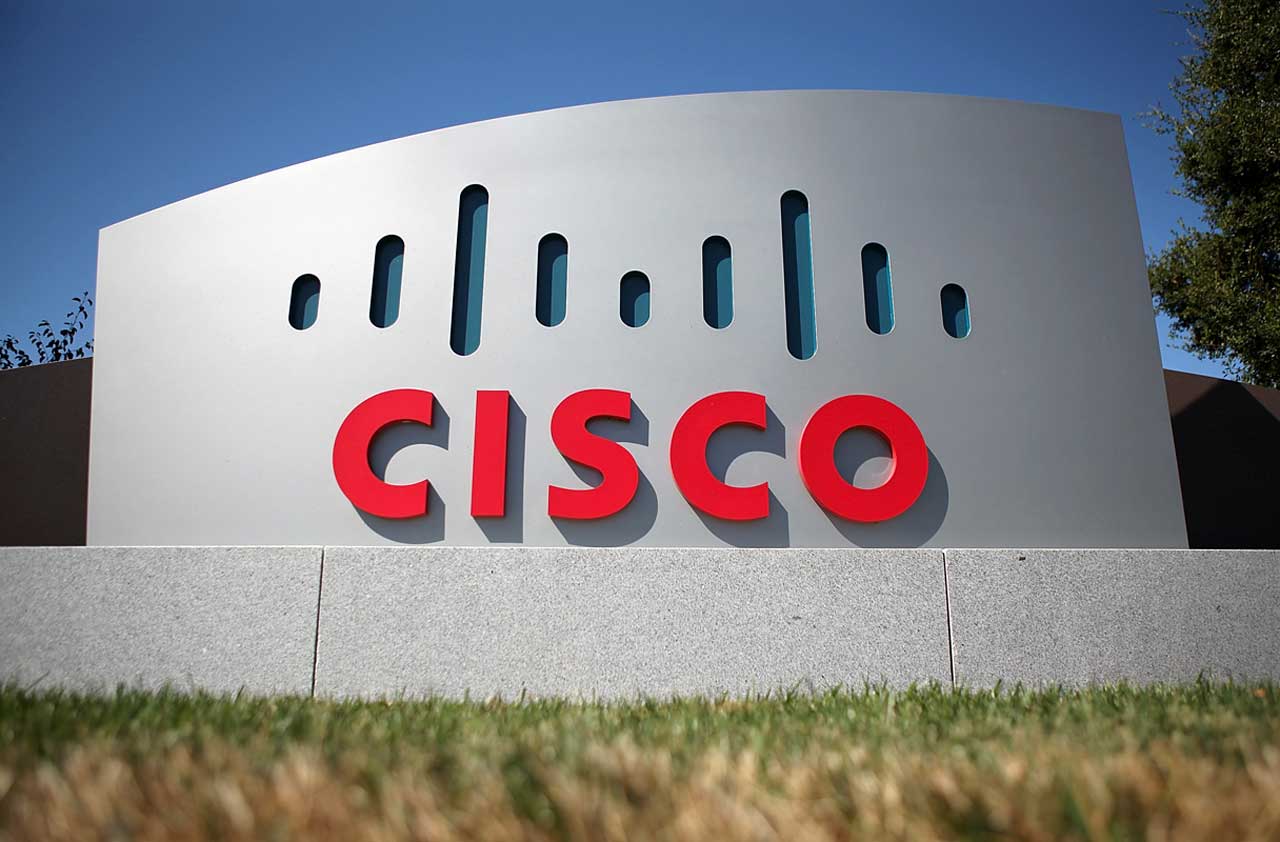8 Stocks That Will Have You Investing Like Buffett
Warren Buffett’s $82.5 billion estimated net worth makes him the world’s third-wealthiest man, behind Microsoft’s Bill Gates and Amazon’s Jeff Bezos.


Warren Buffett’s $82.5 billion estimated net worth makes him the world’s third-wealthiest man, behind Microsoft’s Bill Gates and Amazon’s Jeff Bezos. Unlike Gates and Bezos, however, Buffett’s fortune came from investing in other companies. Since Buffett took control of Berkshire Hathaway in 1964, the price of Berkshire’s A shares has increased at an annualized rate of 20.5%, compared with 9.7% for Standard & Poor’s 500-stock index.
Like most wildly successful investors, Buffett makes it sound easy: Buy quality companies with great businesses, and try to buy low when the opportunity arises. Invest for the long term. Those rules—and a canny eye for opportunity—have led Berkshire to stocks as diverse as Apple, Coca-Cola, Costco and Visa.
Most stocks, even the ones Buffett loves, aren’t cheap. “Prices are sky-high for businesses possessing decent long-term prospects,” Buffett said in his 2018 shareholder letter. The eight stocks here embody virtues that Buffett loves. Not all are bargains, but all are high-quality stocks with rock-solid balance sheets, strong competitive advantages, prodigious cash generation or the power to raise prices, even in tough times.
Disclaimer
Share prices and other data are as of March 15.

T. Rowe Price
Buffett loves a company with lots of cash and little debt, which means it can see its way through tough times and even snap up rivals at bargain prices when the economy turns south.
Mutual fund company T. Rowe Price (symbol TROW, $102) boasts a balance sheet with no debt. Zero. Zip. Nada. At the end of 2018, the company had $3.02 billion in cash and discretionary investments (money invested in its own funds), up from $2.7 billion a year earlier. The stock yields a hefty 3.0%.
T. Rowe, like other fund companies, is feeling the pressure to lower its fees—good for investors but challenging for the bottom line. Analysts expect a 6.5% increase in earnings per share from 2019 to 2020. Market downdrafts can put a dent in the value of assets under management, as happened in the fourth-quarter 2018 downturn. Nevertheless, the company generated a 13% increase in advisory fees in 2018. And analysts at research firm CFRA estimate that two-thirds of T. Rowe’s assets are in retirement accounts, which tend to stay in one place.

A.O. Smith
Milwaukee-headquartered A.O. Smith (AOS, $51) makes water heaters for customers around the world. The company had $221.4 million in long-term debt at the end of 2018. That’s down from $410.4 million a year earlier, and less as a percentage of shareholders’ equity than the average for companies in similar businesses and the companies in the S&P 500.
Management expects sales to increase 1% to 2.5% in 2019, a cautious outlook that reflects a slowdown in China, the firm’s largest market outside of the U.S. Wall Street shared the company’s caution and knocked the share price down 29.1% in 2018, although it has recovered some since.
The firm can be a wise buyer of its own shares. During the 2018 fourth-quarter market downturn, management snapped up 1.2% of available shares. A.O. Smith has raised its dividend for 27 consecutive years; the shares yield 1.7%. The stock is a good value, considering the company’s healthy 14% net profit margin and a history of beating earnings expectations, says analyst Ryan Connors, of Boenning & Scattergood Equity Research.

Walt Disney
A wide moat is a competitive advantage that keeps corporate competitors away. Sometimes a wide moat can be a brand’s great reputation, such as Apple’s or Coca-Cola’s. Or it can be the cost or the headache of switching to a competitor.
Walt Disney (DIS, $115) has introduced families to such beloved characters as Mickey Mouse, Buzz Lightyear and Princess Anna of Arendelle. They make Disney a premier producer of children’s movies and draw visitors to the company’s theme parks. Studio entertainment, which includes movies and live stage plays (think Disney on Ice), accounts for roughly 12% of the company’s revenues. Media networks, such as ESPN and the Disney Channel, bring in 39%. Theme parks plus consumer products (all those souvenirs!) account for 45% of sales.
Disney is expected to dig a wider moat now that it has closed a $71 billion deal to purchase Twenty-First Century Fox. The acquisition could add more than 350 television channels in 170 countries. Disney has also decided to pull its movies from Netflix and launch its own streaming video service, which investment research firm UBS estimates will draw 50 million subscribers in the first five years. Trading at 16 times analysts’ earnings estimates for the year ahead—a touch less than the S&P 500—the stock looks cheap given Disney’s robust 18.5% profit margin and its growing media stake.

State Street Corp.
Incorporated in Boston in 1832, investment firm State Street Corp. (STT, $70) caters to institutional investors such as mutual funds, retirement plans and investment managers. Funds and other money managers need a separate custodian to hold the securities they buy, and State Street does just that. The company also helps administer pensions and other financial businesses. All told, it has more than $31.6 trillion in assets in custody and administration.
State Street’s moat is twofold: First, its size enables it to be the low-cost provider for many of the world’s largest investment managers, and second, switching from one custodian to another is a headache of Brobdingnagian proportions.
As investment managers have cut fees, State Street has had to embark on major cost-cutting measures of its own. The company expects to realize $350 million in cost savings in 2019. Analysts expect State Street to earn $6.81 per share in 2019 and $7.61 in 2020, compared with $6.40 in 2018. As with T. Rowe Price, a bear market could cut into fees at State Street, but the firm’s solid balance sheet should be more than adequate to weather any storms.

Cisco
A company that generates lots of free cash flow—cash left over after operating expenses and capital outlays—has many options for spending the money. Management can pay dividends, buy back shares, retire debt or buy other businesses.
Cisco (CSCO, $53) makes the internet work through its switches and applications. The company plays a substantial role in internet security, the internet of things, cloud computing and wireless communications. Cisco generated $12.8 billion in free cash flow in 2018, ranking it sixth among all tech companies.
And Cisco wants to share the wealth. The firm plans to return half of its free cash flow to investors in dividends and share repurchases annually. The stock yields 2.5%; Cisco bought back $17.7 billion of its own shares in 2018 and authorized an additional $25 billion worth of purchases for an indefinite period. The shares trade at a price that would make Buffett smile: 16 times estimated earnings for the year ahead.

Progressive Corp.
Insurance companies such as Progressive Corp. (PGR, $74) collect premiums, which they can invest until they need to pay claims—a period that can last many years. Progressive’s assets—the amount available to invest—grew to $46.6 billion in 2018, up 20% from 2017.
The company has been on a growth spurt, with 20.4 million policies in force at the end of 2018, up 12% from 2017. New auto insurance applications rose 20% in 2018 from a year earlier, and property insurance applications jumped 53%. Management has been focusing on retaining those new customers, and its policy life extension, a measure of customer retention, has been improving.
As with any property-casualty firm, there’s always the risk of an uptick in catastrophic events, such as hurricanes and tornadoes.

CSX
“If you’ve got the power to raise prices without losing business to a competitor, you’ve got a very good business,” Buffett told the Financial Crisis Inquiry Commission in 2011. That’s particularly true in a period of tame inflation overall, such as now.
CSX (CSX, $73) operates 21,000 miles of track in 23 states, the District of Columbia, Ontario and Quebec. If you need to move a lot of anything, from cars to coal to corn, CSX can generally do it, and more cheaply than trucks can.
Large companies, such as General Motors, can sometimes dicker with CSX on price, but CSX has good pricing power over smaller customers with limited alternatives, says CFRA analyst Jim Corridore. The company should pick up more of those customers with CSX’s intermodal—train to truck—business, which is especially valuable for shippers seeking to minimize time spent on busy East Coast highways.
Price hikes and fuel savings drove a 10% increase in revenues in the fourth quarter of 2018 compared with the same quarter a year earlier. Analysts expect earnings at CSX to increase 10% in 2019 compared with 2018 and another 11% in 2020.

Costco
Shoppers might think of bargains, not price hikes, when it comes to Costco (COST, $234). But the warehouse club giant (and Buffett holding) raised its regular Gold Star membership fees to $60 from $55 in 2017. Executive memberships (for businesses) went up $10, to $120. Overall, Costco collected $3.1 billion in membership fees in 2018, up from $2.9 billion in 2017. Those fees account for about three-fourths of Costco’s operating profits. The company has a 90% membership renewal rate in the U.S. and Canada, and 88% worldwide.
But much of Costco’s pricing power remains invisible to shoppers. Because the company sells a limited number of products from select suppliers, it is able to negotiate better deals with those vendors.
The company’s shares reflect its premium prospects, so look for a sale on a down day in this volatile market, or else plan to hold for the long term.

Let a Pro Pick for You
If you want to invest like Warren Buffett, you could always buy Berkshire Hathaway B shares (BRK.B, $204). But several mutual funds also concentrate on finding high-quality companies. Jensen Quality Growth (JENSX) looks for stocks that have achieved a 15% return on equity (a profitability measure) for 10 consecutive years. The fund has averaged a 12.9% annual return for the past five years, compared with 11.2% for Standard & Poor’s 500-stock index.
For index fans, there’s Fidelity SAI U.S. Quality Index fund (FUQIX), which tracks the MSCI USA Quality Index. Stocks in the index have a high return on equity, stable earnings growth and low debt. The fund has gained an average 15.6% annually over the past three years, compared with 14.2% for the S&P 500.
Where there’s a mutual fund, there’s generally an exchange-traded fund, and Morningstar tracks 24 ETFs that focus on quality. The largest is iShares Edge MSCI USA Quality Factor ETF (QUAL), which tracks the MSCI USA Sector Neutral Quality index. “Sector neutral” means that it doesn’t place bets on industry sectors but instead keeps them weighted at a set percentage of the portfolio. The fund has squeaked past the S&P 500 with an average 11.5% annual return over the past five years.
Get Kiplinger Today newsletter — free
Profit and prosper with the best of Kiplinger's advice on investing, taxes, retirement, personal finance and much more. Delivered daily. Enter your email in the box and click Sign Me Up.

-
 Sam's Club Plans Aggressive Expansion: Discover Its New Locations
Sam's Club Plans Aggressive Expansion: Discover Its New LocationsSam's Club expansion plans will open up to 15 new stores each year. Learn where they plan to open in 2025.
By Sean Jackson Published
-
 What Is the Buffett Indicator?
What Is the Buffett Indicator?"It is better to be roughly right than precisely wrong," writes Carveth Read in "Logic: Deductive and Inductive." That's the premise of the Buffett Indicator.
By Charles Lewis Sizemore, CFA Published
-
 Stock Market Today: Stocks Surge to Close a Volatile Week
Stock Market Today: Stocks Surge to Close a Volatile WeekIt was another day with a week's worth of both news and price action, but it ended on a strongly positive note.
By David Dittman Published
-
 Stock Market Today: Uncertainty Proliferates: Dow Loses 1,014 Points
Stock Market Today: Uncertainty Proliferates: Dow Loses 1,014 PointsWeaker-than-expected consumer inflation data wasn't enough to stabilize sentiment during another volatile day for financial markets.
By David Dittman Published
-
 Stock Market Today: Tariff Pause Triggers 3,000-Point Dow Rally
Stock Market Today: Tariff Pause Triggers 3,000-Point Dow RallyThe bond market is sending concerning signals as the Trump administration executes its rapid reordering of global trade relationships.
By David Dittman Published
-
 Stock Market Today: Tariff Talks Drive Another Up-and-Down Day
Stock Market Today: Tariff Talks Drive Another Up-and-Down DayTrade war negotiations are happening, but the "fear gauge" is gyrating, and investors, traders and speculators are still searching for signs of a bottom.
By David Dittman Published
-
 Stock Market Today: Trump Pushes Dow Into 2,600-Point Swing
Stock Market Today: Trump Pushes Dow Into 2,600-Point SwingTariffs and trade war weigh on prices across global financial markets, with little light at the end of the tunnel.
By David Dittman Published
-
 Stock Market Today: Dow Drops Another 2,231 Points to Hit a Correction
Stock Market Today: Dow Drops Another 2,231 Points to Hit a CorrectionThe Nasdaq Composite, meanwhile, entered a new bear market with its latest slide.
By Karee Venema Published
-
 Stock Market Today: Dow Dives 1,679 Points on Trump Tariff Shock
Stock Market Today: Dow Dives 1,679 Points on Trump Tariff ShockU.S. stocks lost roughly $3.1 trillion in market cap on Thursday – the biggest one-day decline since the start of the COVID-19 pandemic in March 2020.
By Karee Venema Published
-
 Stock Market Today: It's the Old Up-Down Again on Liberation Day
Stock Market Today: It's the Old Up-Down Again on Liberation DayMarkets look forward to what comes with the reordering of 80-year-old global trade relationships.
By David Dittman Published
